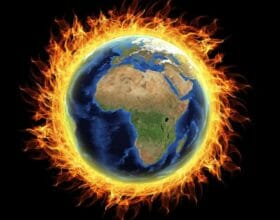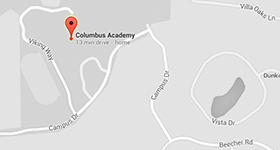Just before New Year’s Eve, California Insurance Commissioner, Ricardo Lara, unveiled a new regulation intended to tackle the growing difficulties homeowners face in securing coverage and to establish a more resilient insurance market. While the announcement was hailed as a “landmark” move, its significance was quickly overshadowed by a series of devastating wildfires—beginning with the Palisades Fire and followed by the Eaton, Hurst, Lidia, and Sunset fires. These blazes have caused widespread destruction, with estimated damages climbing to $150 billion.
Fueled by hurricane-force winds, unseasonably dry conditions, and a series of simultaneous blazes, these fires have exposed vulnerabilities in Los Angeles County’s firefighting infrastructure, including dry hydrants and aging water systems. Los Angeles officials described the wildfires as a “perfect storm.” Hurricane-force winds exceeding 100 mph grounded aerial firefighting resources, while unseasonably dry conditions fueled multiple blazes across the region. Still, systemic failings played a role in worsening the impact. For instance, during the beginning of the Palisades Fire, firefighters faced the added challenge of “dry hydrants,” as excessive demand overwhelmed an urban water system never designed for wildfire scenarios. Worsening the issue, nearby reservoirs were under repair, leaving 20% of hydrants unusable.
Wind—a driving force behind the destruction—complicated all firefighting efforts. Experts emphasized that even a surplus of water supplies and better-prepared communities might not have prevented such extensive damage under the extreme conditions.
The fires also revealed broader structural challenges. California’s stringent building codes, introduced after devastating wildfires in the 1990s and strengthened in 2008, have proven effective in protecting newer homes, but most homes in the affected areas predate these standards. Retrofitting older buildings across the state remains a daunting task to increase resilience for the future.
Wildfire damages in the past few years, worsened by climate change, have driven insurers to withdraw from the market. For years, the state has struggled with what many call an “insurance crisis.” Major companies like State Farm and Allstate have stopped issuing new policies, leaving many homeowners reliant on California’s FAIR Plan (Fair Access to Insurance Requirements), a last-resort insurance plan. But the value of properties covered by the plan has tripled since 2020, raising concerns about its ability to handle escalating claims. Many fear that one particularly severe fire season could push the FAIR Plan toward bankruptcy.
This crisis is exacerbated by trends in climate change, which have increased the frequency and intensity of wildfires in California. Rising temperatures and more frequent “fire weather days”—hot, dry, and windy conditions—have created a perfect environment for fast-spreading, destructive fires. As one L.A.-based insurance agent described it, the state is navigating “uncharted territory.”
As California grapples with the reality of a year-round fire season, the need for sustainable solutions has never been clearer.








